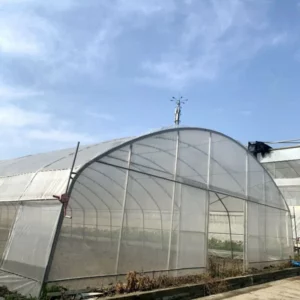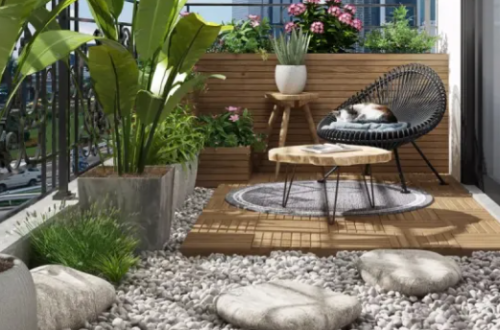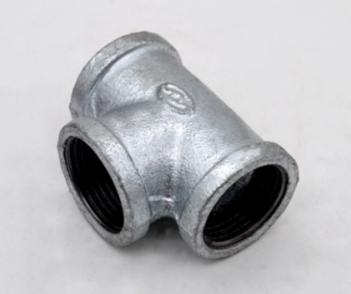How does Plastic Film Single-Span Greenhouse contribute to the efficiency of growing processes?
Plastic film single-span greenhouses contribute to the efficiency of growing processes in agriculture by providing a controlled environment that optimizes various factors crucial for plant growth.
Here are ways in which these greenhouses enhance efficiency:
- Temperature Control:
- Plastic film greenhouses help regulate the temperature by trapping and containing heat. This creates a warmer environment, especially during cooler seasons or in regions with colder climates, promoting optimal plant growth and extending the growing season.
- Light Transmission:
- The translucent nature of the plastic film allows for efficient transmission of natural sunlight. This maximizes the amount of light reaching the plants, promoting photosynthesis and contributing to healthy growth. Some plastic films are designed to diffuse light, ensuring even light distribution throughout the greenhouse.
- Humidity Management:
- The enclosed structure of the single-span greenhouse helps control humidity levels. This is particularly beneficial in regions with high humidity or during periods of excessive rain. Maintaining optimal humidity levels prevents issues such as fungal diseases and mold, contributing to healthier crops.
- Protection from Adverse Weather:
- Plastic film greenhouses provide protection from adverse weather conditions, including rain, wind, and hail. This protection minimizes damage to crops and reduces the risk of losses, enhancing overall efficiency and productivity.
- Pest and Disease Control:
- The enclosed environment of the greenhouse acts as a barrier against pests and diseases. This reduces the need for chemical pesticides and allows for a more controlled and targeted approach to pest management, promoting sustainable and environmentally friendly growing practices.
- Water Conservation:
- The controlled environment within the greenhouse allows for efficient water management. Drip irrigation and other precision watering systems can be implemented, reducing water wastage and ensuring that plants receive the appropriate amount of moisture for optimal growth.
- Optimized Space Utilization:
- Single-span greenhouses are designed for efficient space utilization. China Plastic Film Single-Span Greenhouse supplier The structure allows for easy installation of benches, shelves, or hanging systems, maximizing the use of available space for cultivation. This is particularly important in areas where land is limited.
- Ease of Construction and Maintenance:
- Single-span greenhouses are generally easier and quicker to construct compared to larger, more complex structures. This results in faster setup times and reduced labor costs. Additionally, the simplicity of the design makes maintenance and repairs more straightforward, contributing to overall operational efficiency.
- Season Extension:
- Plastic film greenhouses enable growers to extend the growing season by creating a microclimate suitable for plant growth. This season extension allows for multiple harvests in a year, increasing overall crop yield and providing a more continuous supply to the market.
- Cost-Effectiveness:
- Plastic film single-span greenhouses are often more cost-effective than more complex greenhouse structures. This makes them accessible to a wide range of growers, including small-scale and beginner farmers, contributing to the efficiency and sustainability of agricultural practices.
- Flexibility in Crop Selection:
- The controlled environment provided by plastic film greenhouses allows for the cultivation of a diverse range of crops. This flexibility enables growers to adapt to market demands and diversify their crop portfolios for improved business efficiency.
In summary, plastic film single-span greenhouses play a crucial role in creating a controlled and optimized environment for plant growth. Their contributions to temperature regulation, light transmission, humidity management, and protection against external factors enhance overall efficiency in growing processes, making them valuable tools for modern agriculture.



